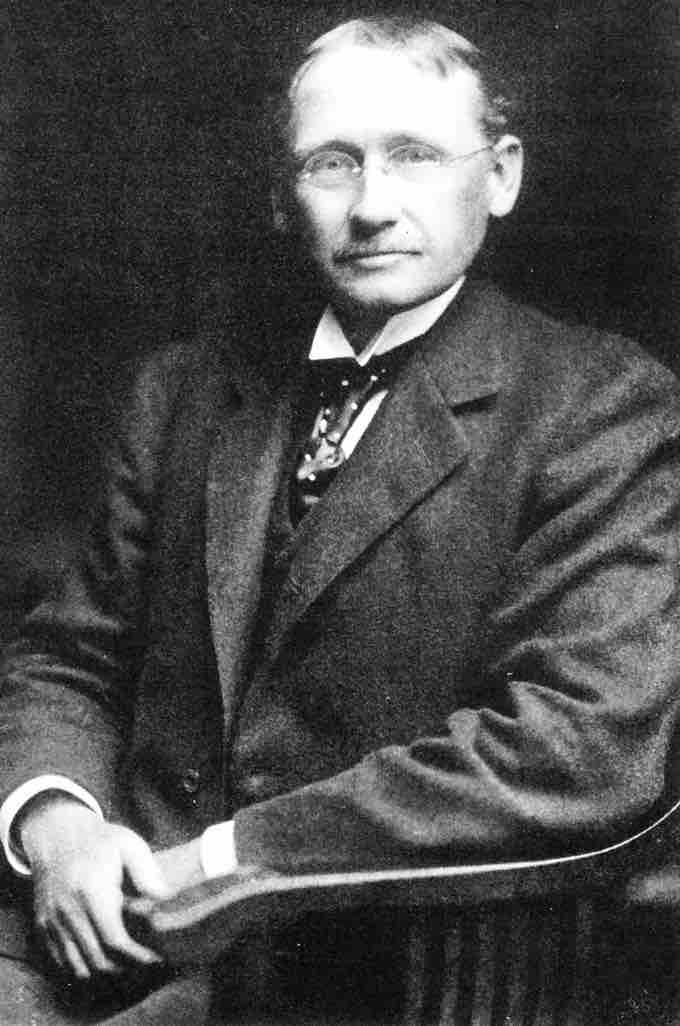Scheduling Work
Introduction
Job design is defined as the allocation of specific work tasks to individuals and groups (Schermerhorn, Job Design Alternatives, 2006). Allocating jobs and tasks means specifying the contents, methods and relationships of jobs to satisfy technological and organizational requirements as well as the personal needs of jobholders. If successful job design is not implemented, than the companies general strategy and direction will be strongly diverted. Meaningful jobs must also exemplify the company's goals and culture.
Elements to Job Design
In order to better understand job design it is helpful to define some key elements and their relationship with job design processes.
A task is a piece of assigned work expected to be done within a certain time. It is important to strictly and thoroughly identify tasks that need completion. In addition, it is essential to design jobs that motivate employees. Motivation describes forces within the individual that account for the level, direction, and persistence of effort expended at work (Schermerhorn). In job design, it is necessary to identify and structure jobs in a way that the company's resources are being efficiently used. Resource Allocation occurs when organizations decide to appropriate or allocate certain resources to specific jobs, tasks or dilemmas facing the organization.
Jobs need to be constructed so that efficiency of the worker or department is maximized. Organizations need to use the resources and creativity of their employees effectively and efficiently. Reward systems also play a role in job design. Reward systems include compensation, bonuses, raises, job security, benefits, and various other methods of reward for employees.
Traditional Approaches to Job Design
Frederick Taylor developed a theory in an effort to establish a science for every job within an organization (Taylorism or Scientific Management) . The principles of Taylorism are as follows:

Frederick Taylor
Frederick Winslow Taylor lived from 1856 to 1915. Taylorism was named after him.
- Create a standard method for each job;
- Successfully select and hire proper workers;
- Effectively train these workers;
- Support these workers.
Hertzberg's Motivation-Hygiene Theory attempts to uncover psychological needs of employees and enhance employee satisfaction. Employers are encouraged to design jobs that enhance and motivate employees beyond simply meeting a daily or weekly quota. This theory highlights the importance of rewards systems and monitoring when and how employees are rewarded.
Edwin Locke's Goal Setting Theory mainly focuses on the motivational properties of task goals (Schermerhorn). Task goals can be highly motivating when set and managed properly. One of the problems with a goal setting theory in job design is that individuals are more strongly motivated by establishing or setting their own personal goals. If organizations set these goals for their employees, then the effectiveness of this technique is diminished.
Current Approaches to Job Design
Technology and the flattening of the global economy have contributed greatly to the changes we now see in jobs and job content across the world. We now recognize that a person presented with quality meaningful work is more likely to do that work well. Because of this insight, job design presently takes some prominent forms.
The first of which is designed around the evolution from individual work to work-groups. This job design practice is called "socio-technical systems" (STS) approach. This approach has the following guiding principles:
- The design of the organization must fit its goals.
- Employees must be actively involved in designing the structure of the organization.
- Control of variances in production or service must be undertaken as close to their source as possible.
- Subsystems must be designed around relatively self-contained and recognizable units of work.
- Support systems must fit in with the design of the organization.
- The design should allow for a high quality of working life.
Another modern job design theory is the Job Characteristics Model (JCM), which maintains five important elements that motivate workers and performance:
The individual elements are then proposed, which lead to positive outcomes through three psychological states: experienced meaningfulness, experienced responsibility, and the knowledge of results (Parker & Turner, 2002).
Steps to Effective Job Design
The key to effectively crafting a meaningful job for an employee is starting the thought process by looking at the values and strategy of the organization. By framing the job in these contexts, the job design process is more likely to align potential employees with the purpose of the company. Once you have this context, the following steps will ensure both meaningful and effective job design:
- Assess skills, needs, abilities, and motivations of employees and the organization.
- Design the job to meet those needs, abilities and motivations.
- Implement the new job design.
- Audit the success of the job design and begin with step one periodically as well as when problems have been identified.